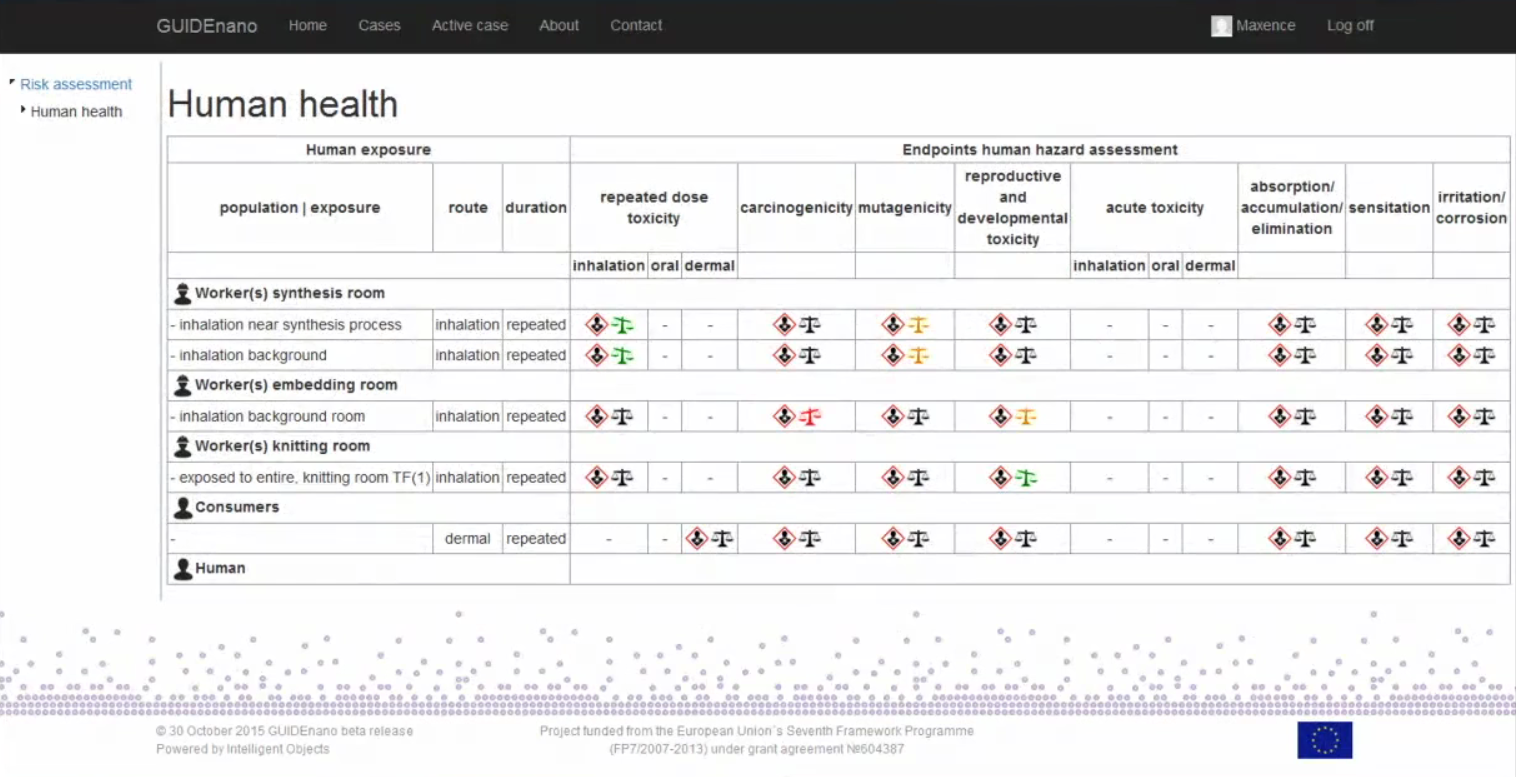GUIDEnano video released: first insight of the tool! #nanosafety
GUIDEnano develops innovative methodologies to evaluate and manage human and environmental health risks of nano-enabled products, considering the whole product life cycle.
These developments are being incorporated into an web-based Guidance Tool, which guides the nano-enabled product developers (industry) into the design and application of the most appropriate risk assessment & mitigation strategy for a specific product. The correct implementation of this guidance ensures that the risks associated to a nano-enabled product, throughout its whole life cycle, have been appropriately evaluated and mitigatedGUIDEnano video released: first insight of the tool! #nanosafety to an acceptable level. This methodology will set up the basis for the certification (by an independent third party), as a risk communication tool addressed to regulators, insurance companies, and the society.
Watch the GUIDEnano video here:
A strategy to identify hot spots for release of nanomaterials (NMs) will be followed by decision trees to guide on the use of (computational) exposure models and, when necessary, design of cost-effective strategies for experimental exposure assessment. These will include on-site and off-site monitoring of industrial processes, use, accelerated aging, recycling and disposal set-ups. In all cases, there will be a strong emphasis on the transformation of NMs. Similarly, a tiered strategy to evaluate the environmental fate and the hazards for ecosystem and human health of NMs will be developed. The project will consider pristine synthesized NMs, transformed NMs released during the life cycle of the product, and interactions of the NMs with other substances in their host matrices and ubiquitous pollutants. The project will also develop innovative solutions to reduce identified risks. These will include safer-by-design approaches (to reduce NM hazard, reduce migration and release, or accelerate degradation when released), new technological solutions for exposure control measures, and solutions for waste minimization and treatment.

